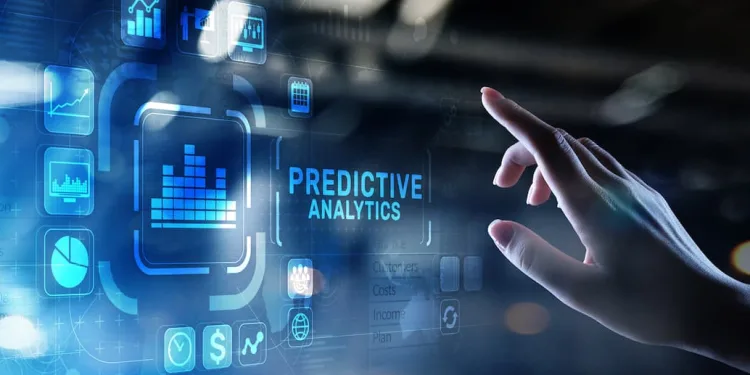Data is the new oil, and with the tremendous technological advancements that we have made in the past decade, there has been an uptick in buzzwords like ‘big data,’ ‘structured data,’ ‘algorithms,’ amongst numerous others.
One particularly exciting and valuable aspect of data science is predictive analytics. Prediction is booming, and so is this aspect of data science’s application. So what exactly is predictive analytics, what does it do, and why should you care about it? Let’s find out.
Meaning
For some background, at the broadest level, data analytics refers to examining data sets to find trends. It helps draw conclusions and inferences about the information contained within the dataset.
With this in mind, predictive analytics, specifically, is a core tenet of data analytics; it uses algorithms to predict (or make informed guesses about) what is likely to happen in the future based on existing data. These predictions could be for the near future and the distant future.
Why Is Predictive Analytics Important?
Organizations are constantly on their toes, trying to speed up and improve decision-making. To remedy this, predictive analytics aims at making predictions about potential future outcomes based on available historical data. This outcome prediction is made by using modern analytical techniques like machine learning.
With the help of predictive analytics tools and models, organizations can use past and current data to forecast trends reliably and simply predict future behavior. Utilizing existing information to make predictions about the future helps improve pattern detection and prevent untoward situations.
Listed below are a few ways that organizations use predictive analytics.
- Predictive analytics detects fraud and helps quantify risk.
Cybersecurity is a growing concern, and predictive analytics helps organizations avert security compromises. By combining multiple analytics methods, they can improve pattern detection and prevent criminal behavior. In essence, this means that organizations will successfully arrive at essential questions such as “Will the credit applicant turn out to be a fraudster?”
- Predictive analytics can forecast customer response.
Predictive models, when utilized effectively, help businesses attract, retain and grow their most profitable customers. The application of predictive analytics can be used to determine customer responses or purchases and also provide an opportunity to cross-sell.
- Predictive analytics can help inventory management.
Customer influx and outflux depend on different factors. For instance, understaffing a particular hospitality venue will likely result in a bad customer experience and overworked employees. Predictive tools help manage assets and resources in this regard.
For example, hotels use it to predict the number of guests for any given night to maximize occupancy and increase revenue. Similarly, travel websites for airlines use predictive analytics to set ticket prices. Predictive analytics improve collaboration.
This tool has been shown to help prevent churn and improve retention in customer bases. It identifies signs of discontent among organizations’ client bases and predicts which customers or segments are most likely to leave.
Companies can take the necessary actions to improve customer satisfaction by analyzing this information. This would ultimately ensure their revenues remain unaffected.
In a time when predictions can power every little and significant aspect of businesses, from resource management to the company’s churn and retention rates, the practical application of predictive analytics will certainly boost revenue and enhance resource efficiency.
Businesses such as Pecan help their clients with intuitively created platforms that connect to the data source, so prediction findings are immediately available to act on. Analyzing the data available would allow for improvement in decision-making.
It will enable the user to gain a competitive advantage by analyzing vast amounts of data and preparing for them before they occur. Ensure that your company clearly defines its vision and prediction objective, curates a qualified team to apply the prediction model, and you’ll be good to go.

